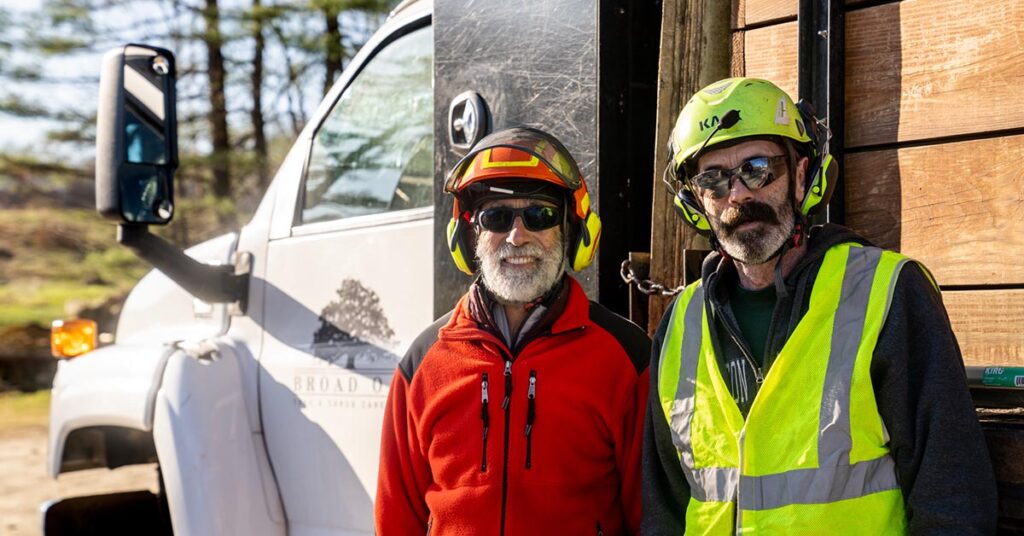
Increase Will Help Address Workforce Shortages and Reduce Pressure on “Irregular” Migration
On November 15, the Department of Homeland Security (DHS), in consultation with the Department of Labor (DOL), announced that it expects to make an additional 64,716 H-2B temporary nonagricultural worker visas available for Fiscal Year (FY) 2025, on top of the congressionally mandated 66,000 H-2B visa cap that has not changed since 1990.
These additional H-2B visas represent the maximum permitted under the authority provided by Congress.
American businesses such as tree care and landscaping turn to seasonal and other temporary workers in the H-2B program to help them meet seasonal demand for their services. The supplemental visa allocation will help vetted workers for seasonal and temporary jobs in areas where too few U.S. workers are available.
The DHS plans to make these supplemental visas available early in FY 2025 to help assure that businesses with workforce needs are able to plan ahead and find the workers they need. At the same time, DHS and DOL have robust protections to ensure that employers first seek out and recruit American workers for the jobs to be filled, and that H-2B hires are not exploited by unscrupulous employers.
The H-2B supplemental rule allocates 20,000 new visas to workers from Guatemala, El Salvador, Honduras, Haiti, Colombia, Ecuador, or Costa Rica and makes 44,716 supplemental visas available to returning workers who received an H-2B visa, or were otherwise granted H-2B status, during one of the last three fiscal years. The regulation splits the visas for returning workers between the first half and second half of the fiscal year.
The H-2B visa program is not a path to citizenship. It permits employment of a temporary nature, such as a seasonal, peak-load or intermittent need. Employers must obtain certification from DOL that there are not enough U.S. workers who are qualified, and available to perform the work for which they seek a prospective foreign worker, and that employing H-2B workers will not adversely affect the wages and working conditions of similarly employed U.S. workers. The maximum period of stay in H-2B classification is three years. A person who has held H-2B nonimmigrant status for a total of three years must depart and remain outside of the United States for an uninterrupted period of three months before seeking readmission as an H-2B nonimmigrant.
Additional details on H-2B program safeguards, as well as eligibility and filing requirements, will be available in the temporary final rule when published and on the U.S. Citizenship and Immigration Service webpage


